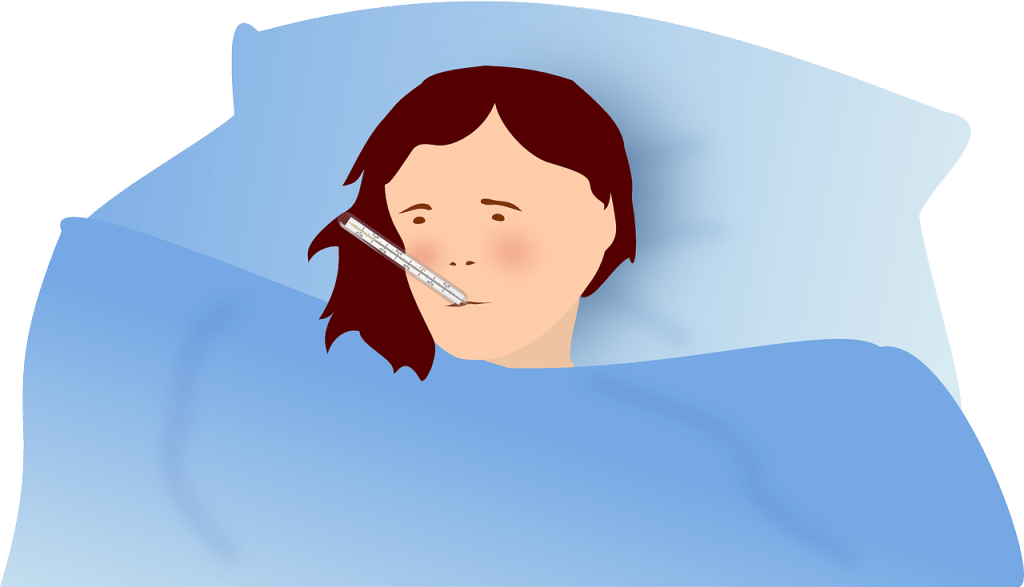Image Credit Pixabay
Dysautonomia refers to a group of conditions that affect the autonomic nervous system (ANS), which is responsible for regulating involuntary bodily functions such as heart rate, blood pressure, digestion, and body temperature. The term "invisible illness" is often used to describe dysautonomia because its symptoms may not be apparent to others, making it challenging to diagnose and understand. Here are some key points about dysautonomia:
- Diverse Symptoms: Dysautonomia can manifest with a wide range of symptoms, and the severity can vary from person to person. Common symptoms include lightheadedness, fainting (syncope), rapid heartbeat, fatigue, nausea, and problems with digestion.
- Types of Dysautonomia: There are various types of dysautonomia, each with its specific characteristics. Some common types include:
- Postural Orthostatic Tachycardia Syndrome (POTS): Characterized by an increased heart rate upon standing, leading to symptoms such as dizziness and fainting.
- Neurocardiogenic Syncope (NCS): Involves fainting or near-fainting due to a sudden drop in heart rate and blood pressure.
- Multiple System Atrophy (MSA): A more severe form of dysautonomia that can affect multiple bodily functions, including movement and coordination.
- Challenges in Diagnosis: Diagnosing dysautonomia can be challenging because its symptoms are often nonspecific and overlap with other conditions. It may take time for individuals to receive a proper diagnosis, and some people may go undiagnosed for an extended period.
- Quality of Life Impact: Dysautonomia can significantly impact an individual's quality of life. Chronic fatigue, difficulty standing, and unpredictable symptoms can affect daily activities, employment, and social interactions.
- Management and Treatment: While there may not be a cure for dysautonomia, various treatment approaches aim to manage symptoms and improve overall functioning. Treatment plans may include lifestyle modifications, medications, and physical therapy. Each person's treatment plan is tailored to their specific symptoms and needs.
- Awareness and Advocacy: Due to the lack of visibility and understanding of dysautonomia, advocacy groups and individuals affected by the condition often work to raise awareness. Increased awareness can lead to better understanding, support, and research funding.
- Research and Future Developments: Ongoing research is focused on understanding the underlying mechanisms of dysautonomia and developing more effective treatments. Advances in autonomic nervous system research may contribute to improved diagnostic tools and therapeutic interventions in the future.

If you suspect you may have dysautonomia or are experiencing symptoms related to autonomic dysfunction, it is crucial to consult with a healthcare professional. A healthcare provider can conduct a thorough evaluation, including medical history, physical examination, and appropriate testing, to determine the most accurate diagnosis and develop a tailored treatment plan.
News, Health, Travel & Entertainment Telegram Channel Click to Join Infimor
KK
